The price of a bundle is dynamically generated, reflecting the total of the vendor prices and suggested retail prices (SRPs) of each included offer. Markups for bundles are not set independently; instead, they are determined by the individual markups applied to each offer within the bundle. These specific markups are then collectively applied to calculate the bundle's final price.
Bundles
Build and sell any mix of as-a-service products and services
to support your sales strategy

Learn more
Increase Revenue Streams by Bundling Different Software, Hardware and Value-Added Services

Support Sales Strategy
Bundling as a tool for managing product portfolio and supporting sales strategy – packaging products that fit the same use case of the same target audience into one unified solution.

Drive Cross-Sell & Up-Sell
Cross-sell and up-sell extra products and services thus increasing average basket size. Incentivize customers to buy more, by providing bundles that are discounted.
Select the Right Pricing Strategy to Sell a Group of Related Products
or Services as a Single Unit or a Package
![]() Core Product Bundling
Core Product Bundling
This bundling approach consists of a provider’s core product like hardware sold with a cloud application – like Office 365, Dropbox, Veam, etc. This is especially appealing to customers looking for integrated solutions that work well together, saving them the time and hassle of purchasing and managing multiple separate products.
This type of bundling allow customers to purchase the product only as a comprehensive bundle, but the product is not available for separate purchase. This bundling type presents a unified, aggregated price, providing a cost-effective solution without the need to assess the cost of each item individually.
![]() Price Bundling
Price Bundling
This strategy combines two or more products or services to sell them at a lower price than if the same products were sold individually. Great examples are Microsoft Office 365 or G Suite. While each product components remains available for separate purchases, this is a great approach when you want to increase the value of low-volume items.
![]() Mixed Cross-Sell Bundling
Mixed Cross-Sell Bundling
Mixed cross-sell bundling combines complementary products from different categories or business lines into a cohesive, integrated solution, often at a discounted rate compared to purchasing the items separately. These products, designed to increase each other's value, typically cannot be used effectively as standalone items.
![]() Post-Purchase Bundling
Post-Purchase Bundling
This bundling method lets you present your customers with deals after purchase. It refers to a customer retention strategy of surprising customers by bundling complementary products or services for free after they have completed a purchase. With post-purchase bundles, you can cross-sell or upsell your customers.
Price Management
Leverage Offer-Based Calculations for Bundle Pricing
The price for a bundle is calculated from all offers that are included in the bundle, in order to manage a price for a bundle you have to manage the price for an offer that is included in the bundle. As a seller or distributor, it is possible to manage the margin for bundle under the Price Management.
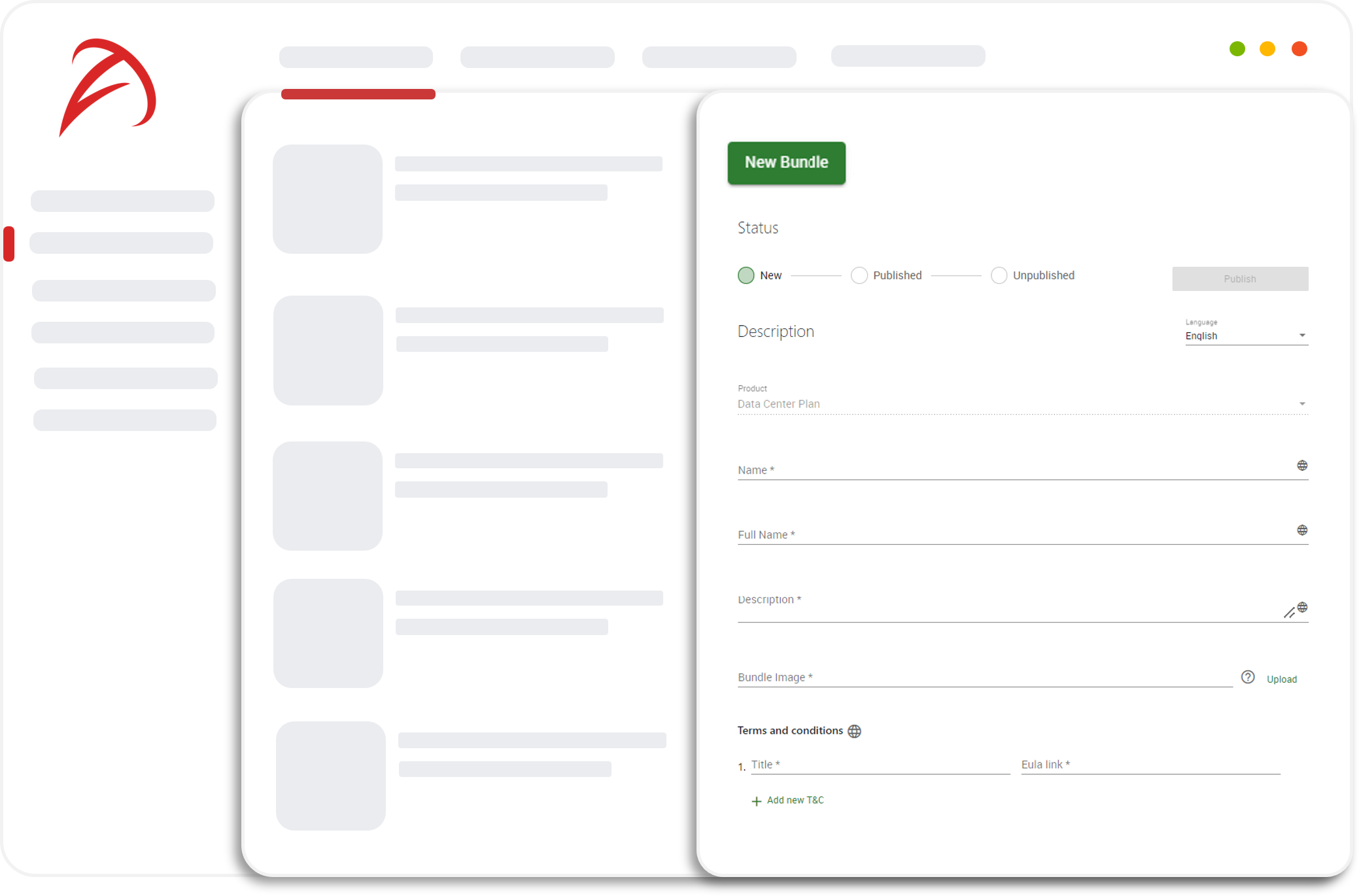
Margins
Select the Righ Price Composition and Markup Strategy
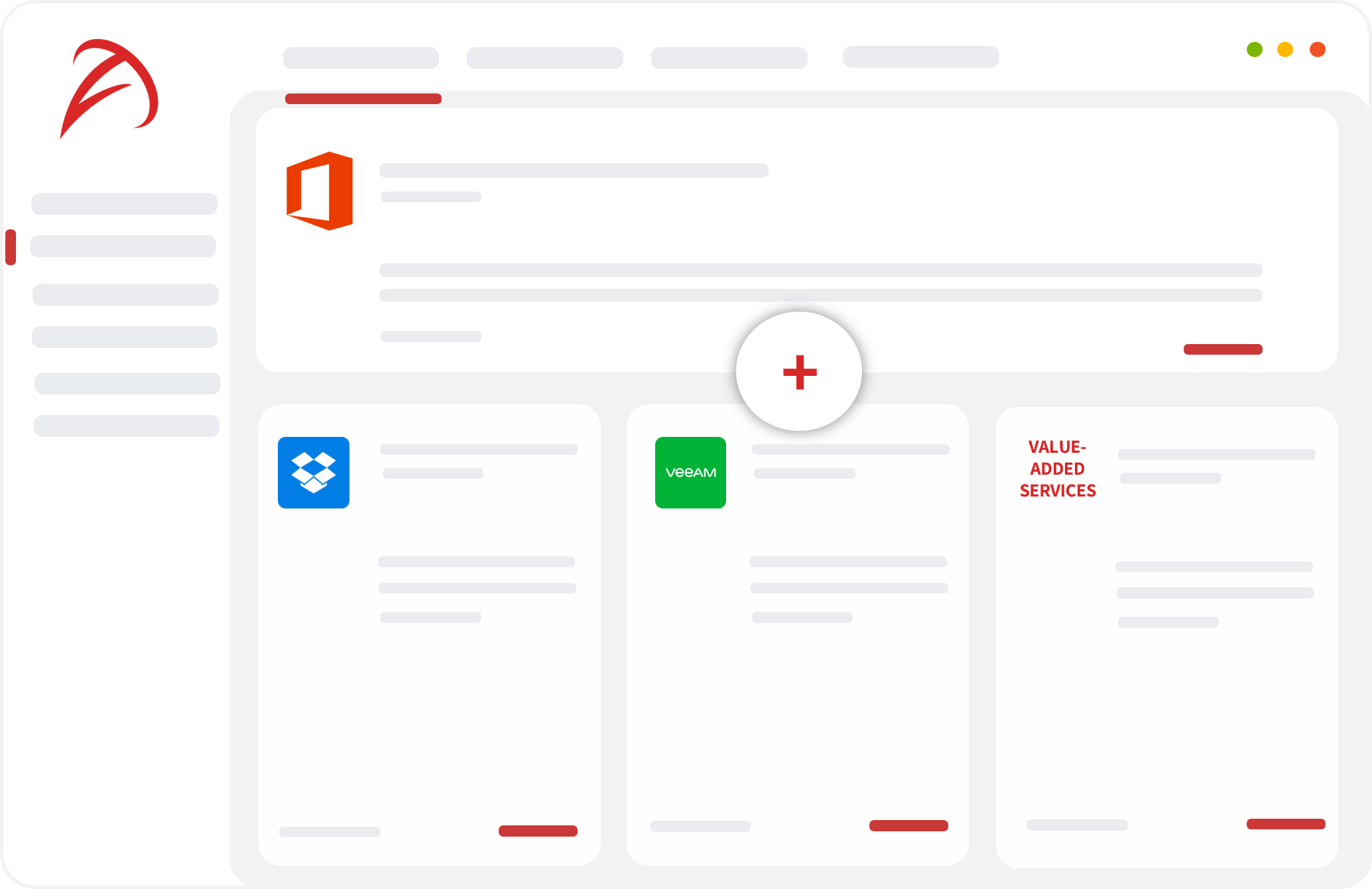
Provisioning
Automated Order Fulfillment and Product Delivery in a Seconds
Provision all solutions on-demand providing customers with immediate access to services as soon as they purchase them. Order provisioning status of the bundle is updated based on the provisioning status of orders for offers included in the bundle and is moved to "Provisioning successful state" if all included offers are provisioned.
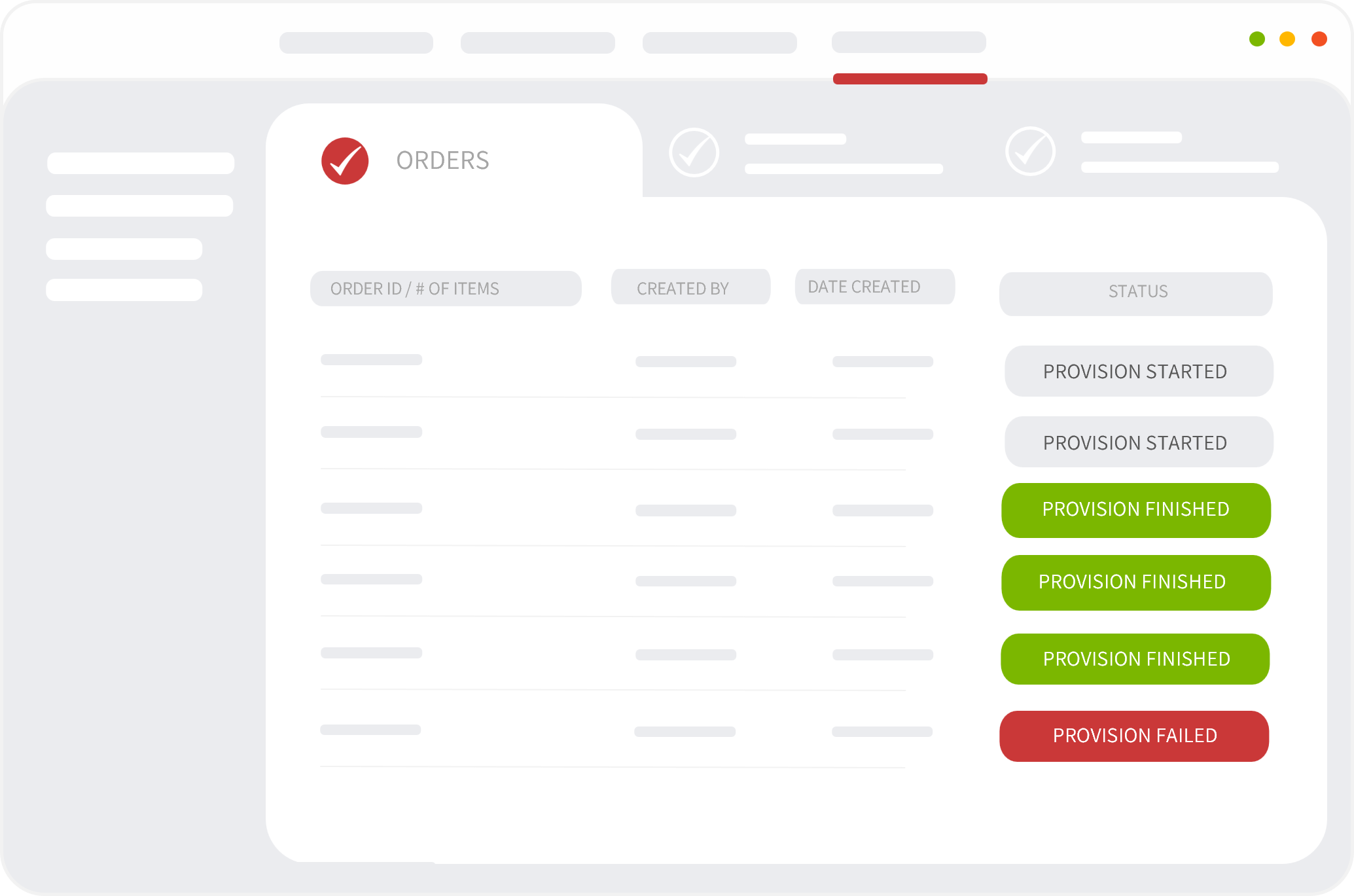
Trusted by Leading Tech Companies Across the Globe
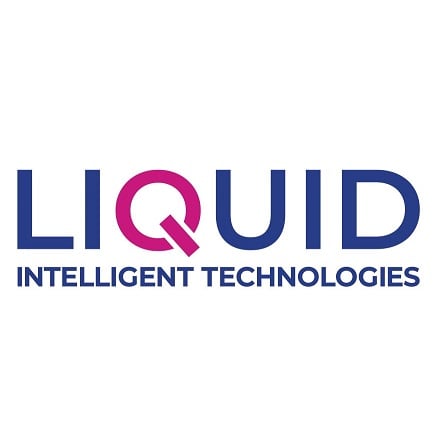


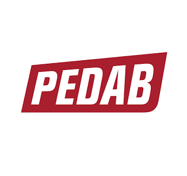
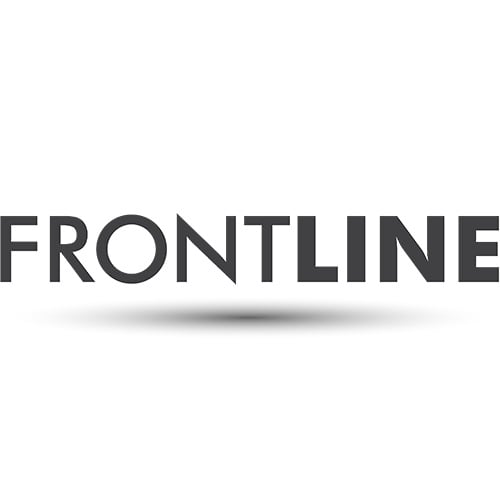
Steinar Sønsteby
CEO of Atea
Integrations
Deliver More Quickly with Powerful and Easy-To-Use APIs
Built with connectivity and flexibility in mind, the AppXite API infrastructure and integrations enable smooth data synchronization with third-party systems and solutions. It reduces development efforts integrating with existing e-commerce solutions, ERP, CRM, or vendor ecosystems and allows you to manage your subscription business according to your specific requirements.
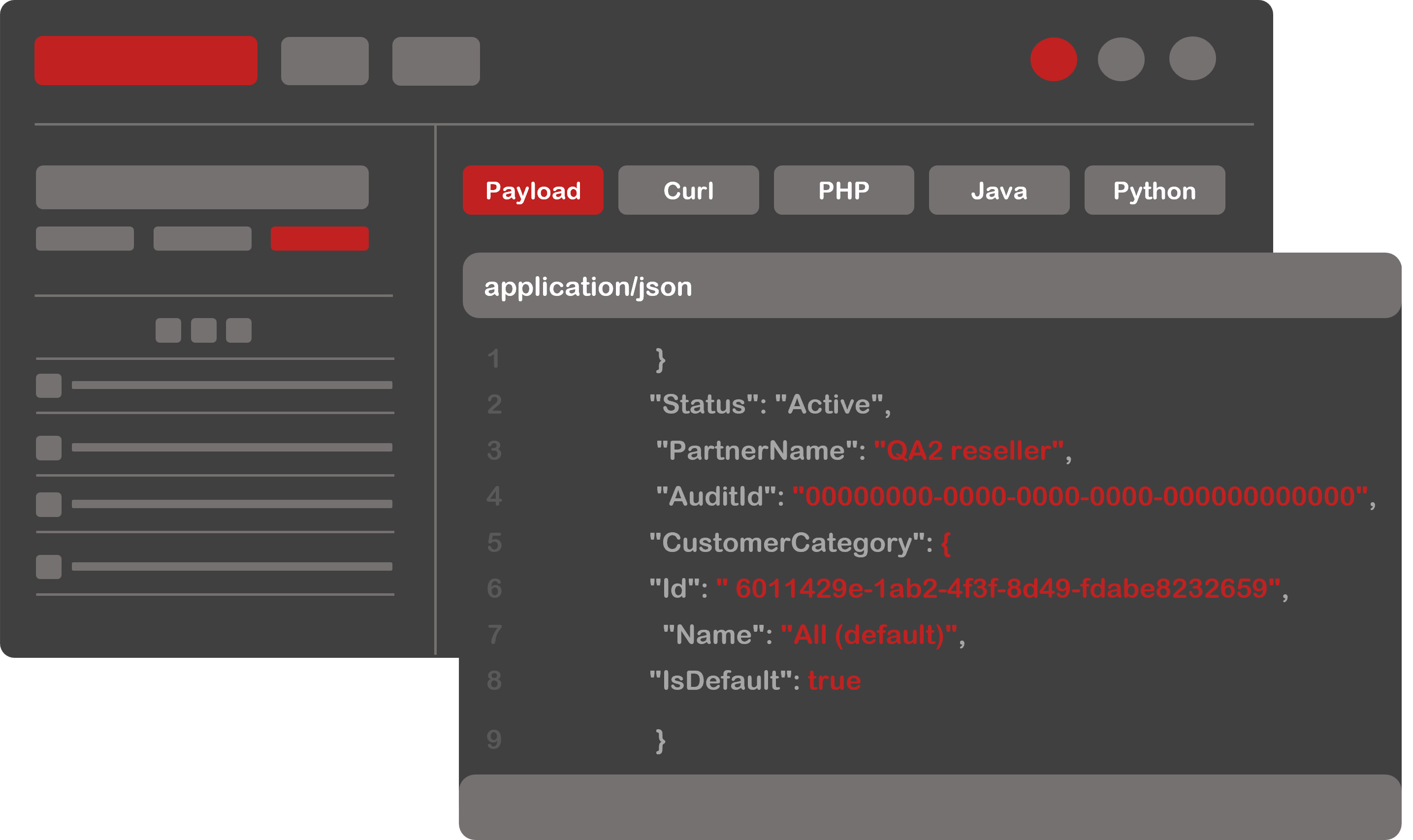
Configure-Price-Quote (CPQ)
Build Smart Offers and Price Configurations
for Any Billing Model
AppXite's market-leading CPQ (Configure-Price-Quote) engine enables partners to implement complex pricing strategies by considering multiple factors that influence the final price of a product or service. This advanced feature empowers partners to tailor their pricing models to various customer segments, product configurations, and market conditions. Configure products, pricing offers, and quotes for any mix of products and services with one-time, recurring, usage-based, etc. charge models.
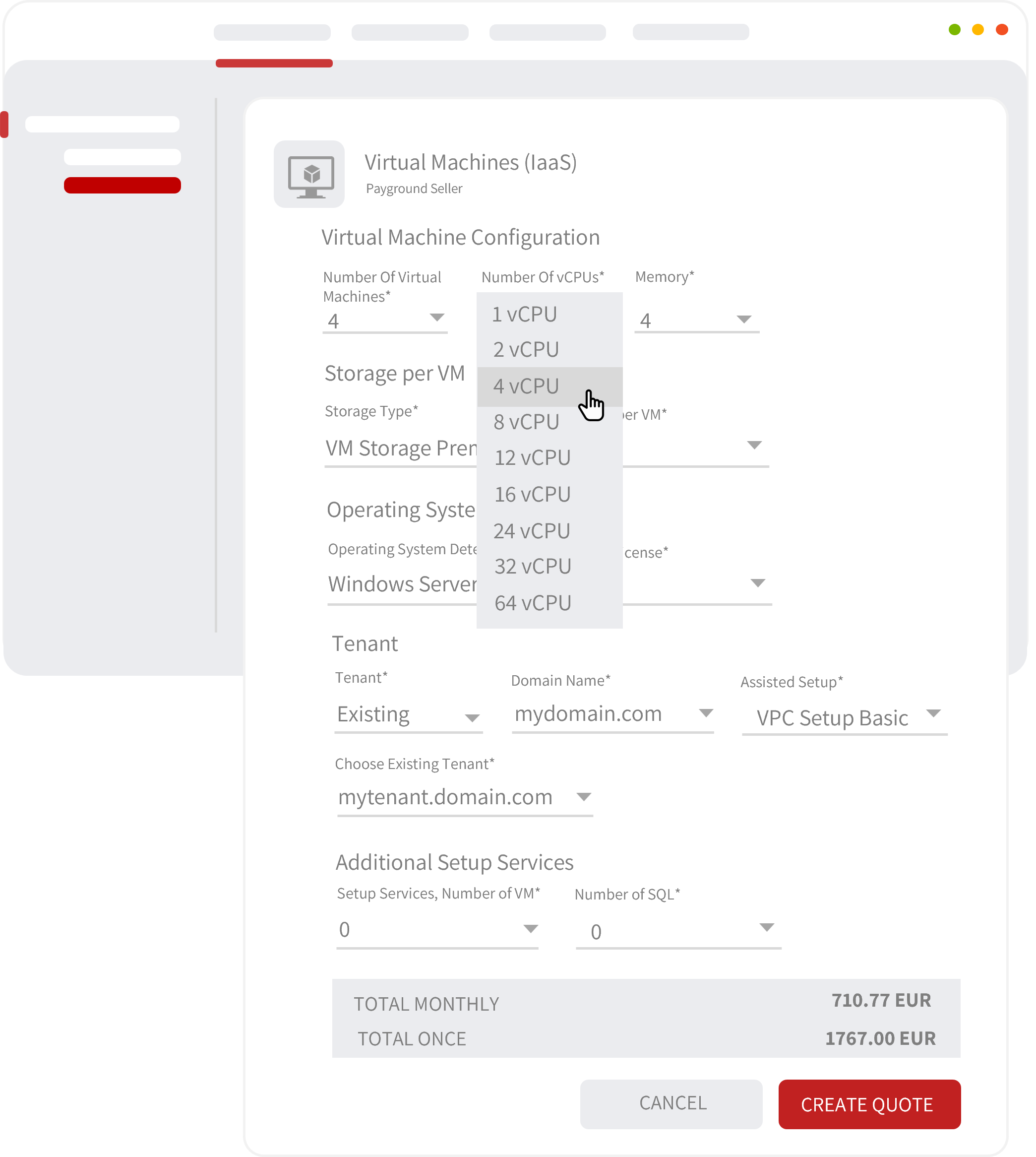
Subscription Billing
Flexible and Automated Recurring Billing That Scales With Your Growth
Handle the billing complexity of multiple pricing models across ordering, provisioning, invoicing, and reconciliation. The AppXite Platform integrates with leading payment gateways to provide an out-of-the-box solution, or APIs if you prefer to use your own billing system. Set up custom billing cycles for both consumption and subscription-based transactions.
Subscription Management
Renew, Cancel, Upgrade and Downgrade Subscriptions
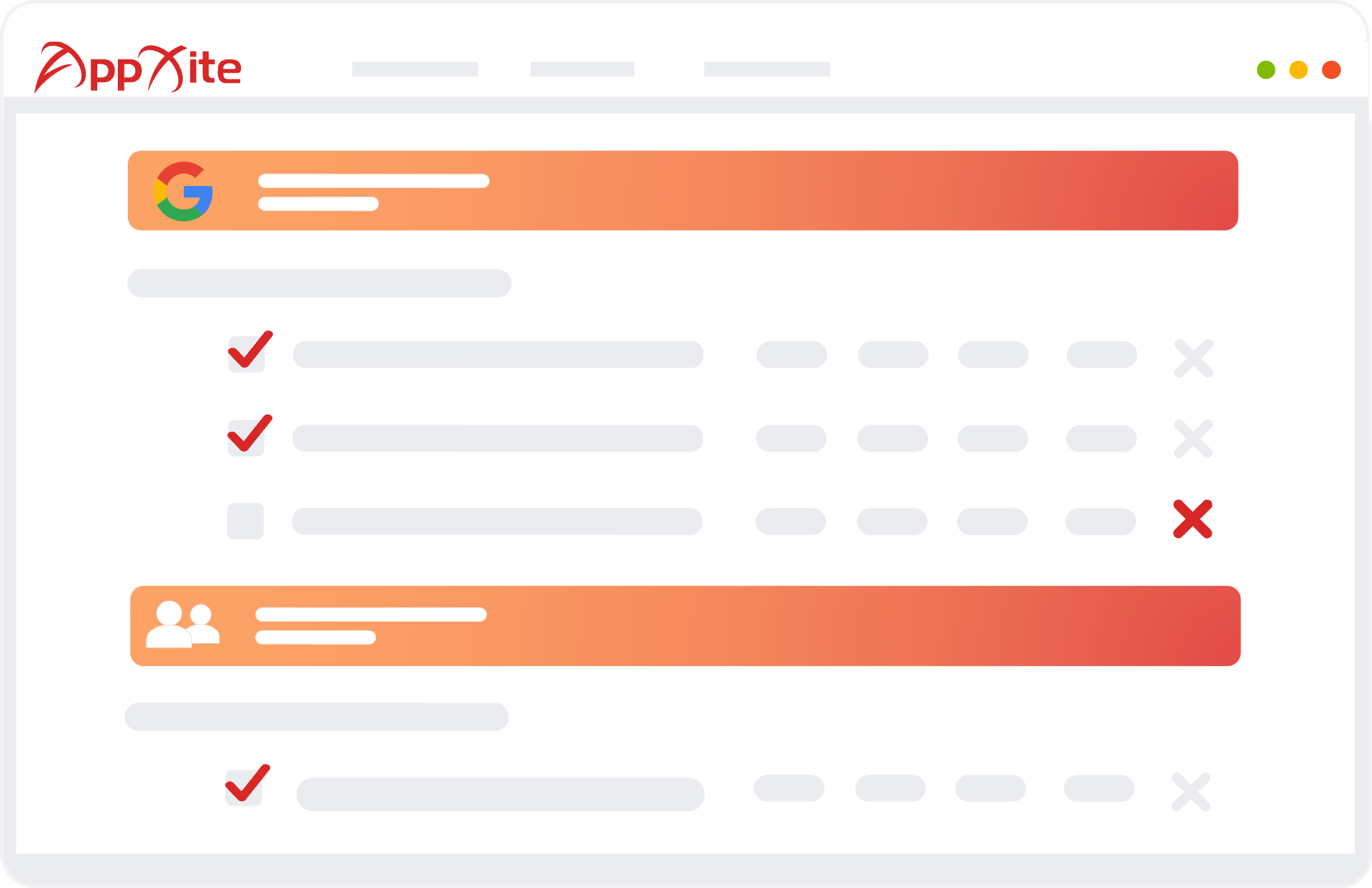
Sales Analytics and Reporting
Track All Your Sales Data Down to a Single Offer or Subscription Level
Keep track of all the subscription metrics along with important KPIs like sales margins, upcoming renewals, monthly recurring revenue (MRR), churn rate, and customer lifetime value. Integrated reporting capabilities of the AppXite Platform let distributors, sellers and customers analyze transaction data from multiple perspectives - financial indicators and sales performance, subscriptions and orders, customers and usage, and more!
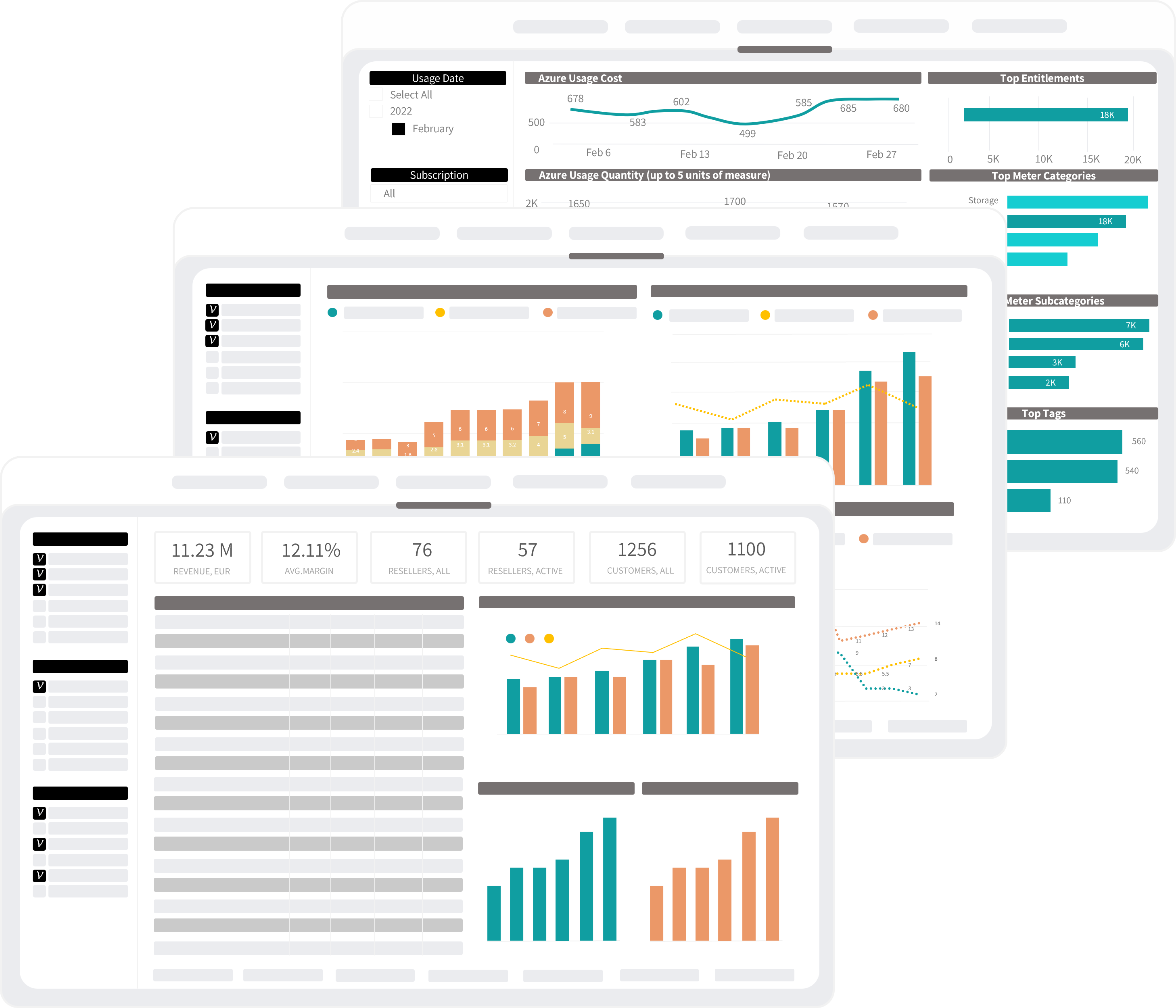
.png)





